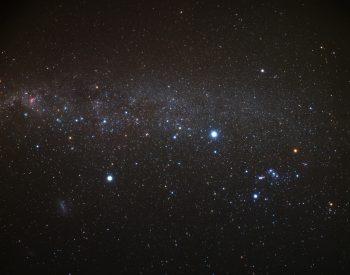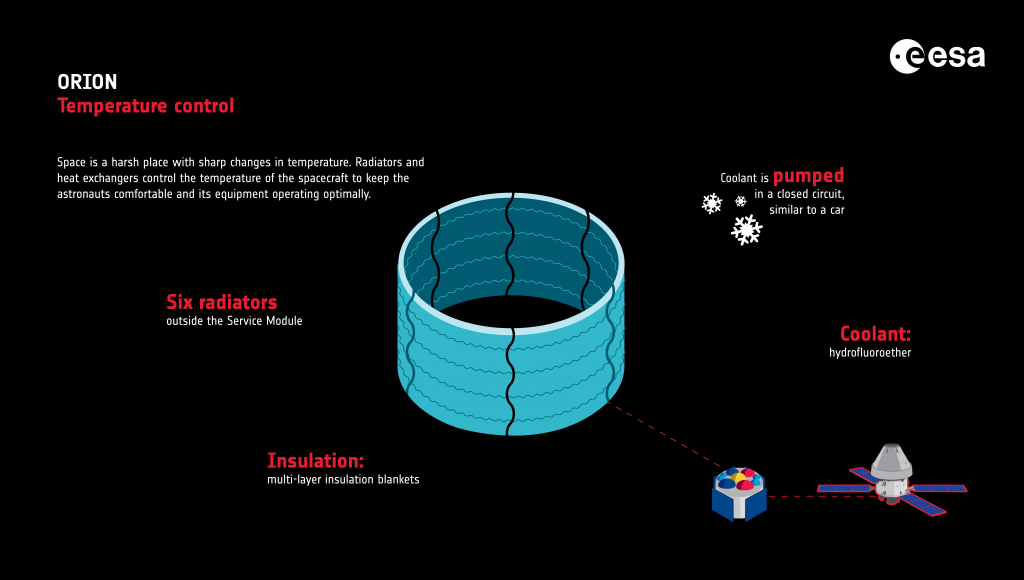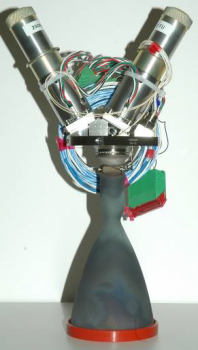On the 12th day of the Artemis I mission, team members conducted more planned tests of the Orion star trackers and started developing a test for the European Service Module reaction control thrusters as the spacecraft continued its orbit of the Moon.

Engineers hope to characterise the alignment between the star trackers and the Orion inertial measurement units, part of the guidance, navigation and control system, by exposing different areas of the spacecraft to the Sun and activating the star trackers at different temperatures. Star trackers are navigation tools that measure the positions of stars to help the spacecraft determine its orientation. The inertial measurement units consist of three gyroscopes, that provide information on the spacecraft’s rotation rates, and three accelerometers to measure Orion’s acceleration.
Together, the star tracker and inertial measurement unit data are used by Orion’s vehicle management computers to calculate spacecraft position, velocity, and attitude. The measurements will help engineers understand how temperatures affect the accuracy of the navigation state, which ultimately affects the amount of propellant needed for spacecraft manoeuvres.


Reaction Control Thrusters
Engineers began a development flight test objective today that changed the minimum jet firing time for the reaction control thrusters over a period of 24 hours. The test objective is to fire the reaction control system jets in a different configuration to model how they could be used for the crewed Artemis II mission.
On November 28, around lunchtime in Europe, Orion will reach its farthest distance from Earth when it is nearly 435 00 km from our home planet.
As of 23:30 CET (22:30 GMT) on 28 November, Orion was over 424 800 km from Earth and 73386 km from the Moon, cruising at 2816 km/h.

 Automated Transfer Vehicle page
Automated Transfer Vehicle page ATV blog archive
ATV blog archive
Discussion: no comments